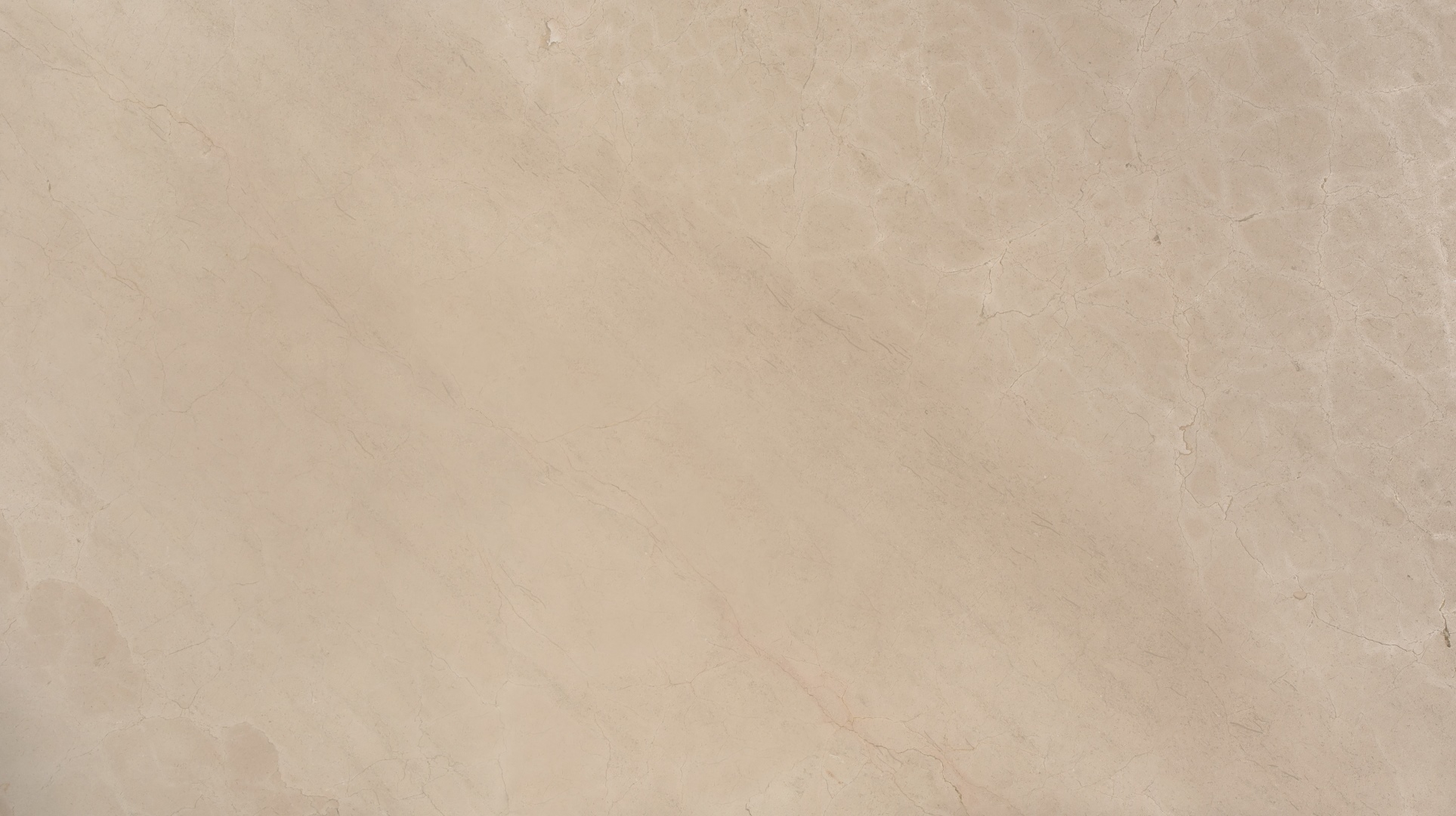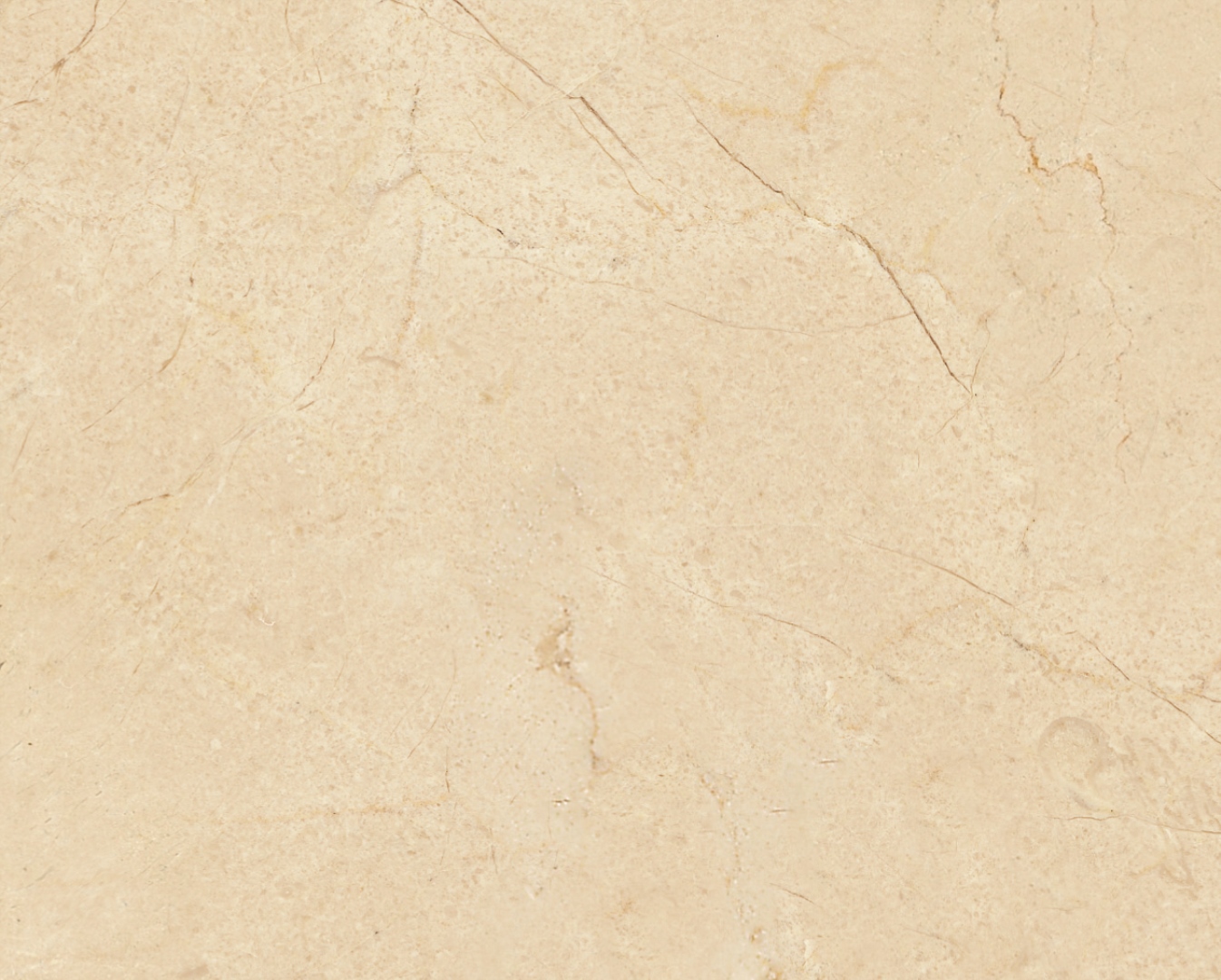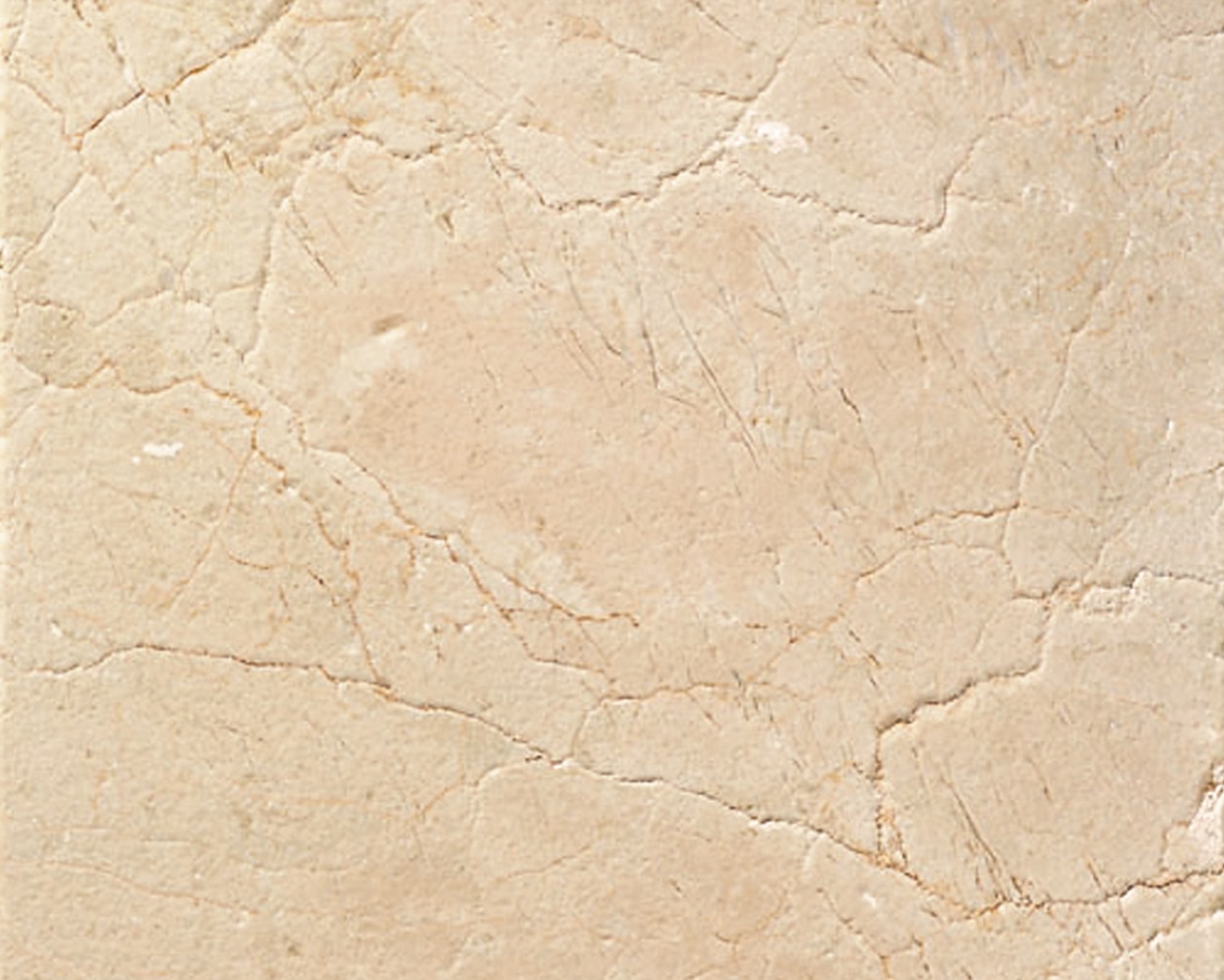X
+ info
Search
Limestone






Piece to piece, grain to grain, collecting and sedimenting an always surprising and versatile stone – as is the limestone and all sedimentary stones! The even and diffuse tone, the layers, the veins and the fossils – quiet and disrupted patterns – offer a sleek aesthetic which is unique in a limestone. All of these structures reflect the currents and tides of the seas where they were formed. The vast limestone colors and textures are related with the metal or the organic matter impregnations over the time of their formation, and also the tectonic movements which create fissures and ruptures, sealed with new mineral contents. It’s a real dynamism speaking with the different space-styles and material combinations where the limestone will be installed.
The limestone genesis is commonly associated with ancient tropical seas in the Tertiary Period or older, from Jurassic or Triassic Period. It is classified in the large genetic group of sedimentary rocks, just because their formation is a process of collection and consolidation of sediments – mineral or organic, such the living records (the fossils). Some fine-grained limestone is smooth-looking stones without visible fragments, formed in deeper parts of the sea where the currents are sluggish. Other includes shells, fragments of corals, a tiny skeleton of plankton, parts of wood, leafs, indeed, all kind of fossils. All of this is made from calcium carbonate minerals, mainly calcite, highly abundant in the Earth surface. The vast limestone colors and textures are related to metal or organic matter impregnation, and also tectonic movements, which are responsible for the appearance of these stones at the surface and their bizarre structures.
Limestone, attending to their mineral composition, is highly chemical susceptible. It stains when in contact with commonly used acidic liquids, like citrus juices, vinegars and wines. Porosity and absorption rate can vary widely, however, it is highly recommended to seal the surface to reduce the likelihood of staining. Limestone’s light color can leave it vulnerable against staining without regular care and maintenance. On the other hand, the hardness of limestone is low, softer than glass and knife blades, but harder than a fingernail. In the cleaning routine, it must be used a soft mop or fabric reducing all abrasion.
Blocks and slabs vary in appearance and dimension. As this is natural stone, all pictures are a rough guide.
Limestone